Marching into Market Month: Celebrations, Books, and Fun!

After a couple of months of recovering from the holidays, completing the end-of-year chores, and working on some new books, March is festival month. I am delighted to have booths at four events. The PACC Pet Parade Market month starts off on March 2 with the 2025 Friends of PACC Pet Parade. I’m hoping to […]
A BIG Book Celebration in Tucson, AZ

The authors are coming! The authors are coming! Once again, we’ll be celebrating books and literacy in person in Tucson at the 2022 Tucson Festival of Books (TFOB)! Learn more about this Tucson book celebration staple and how you find me there. A Brief TFOB History The first festival was held March 14-15, 2009 with […]
Mushrooms in the Desert? I Have Pictures!
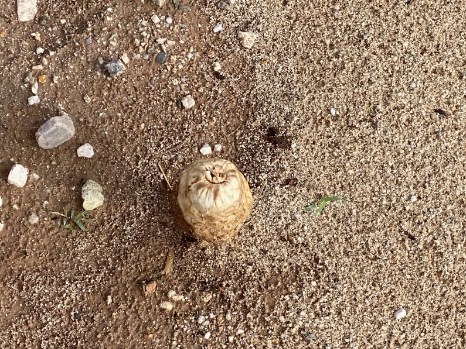
Living in the Sonoran Desert, I don’t often see mushrooms. Sometimes, fungus appears on the trunks of dying trees, but that’s not often. This year, Tucson has had a very wet monsoon season, which is wonderful after years of severe drought. Along with the greening of the vegetation, the abundance of rain has brought forth […]
Sharing a Fond Memory of Mexican Jumping Beans. What’s Yours?
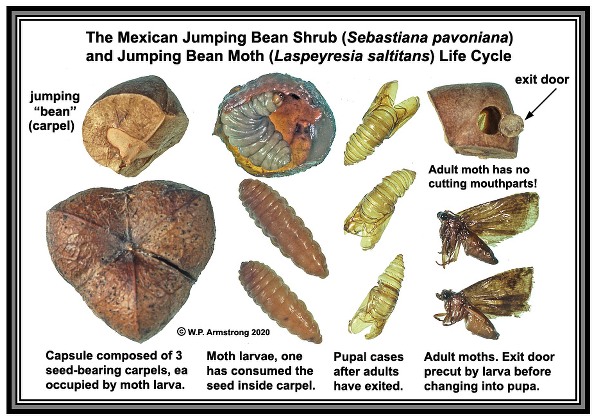
When I was a child, my parents bought me a package of Mexican beans, frijoles saltarine. I was fascinated to learn why the beans moved. Over time I forgot about them, until recently when I was reading an article about midge larvae that can fling themselves 36 times their body length.* The article got me […]
Mesquite Trees and Horses: Incompatible
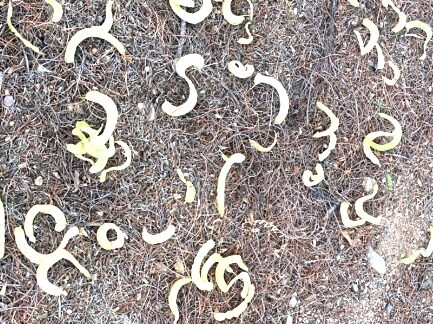
When I moved to the Sonoran Desert, I learned about mesquite pods. I knew about the mesquite wood used for barbequing, but not the seed pods of the tree. They’re used as food by both people and animals. The mature pods, not just the seeds, are ground into flour, which is quite delicious. A five-gallon […]
Sharing the Morning Routine
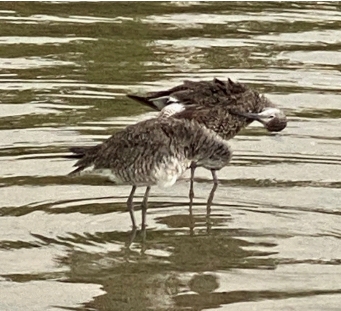
As I watched the birds on the beach at sunrise on a recent trip, I noticed their actions reminded me of my own morning routine. Perhaps yours is similar. Do you start with a wash? This sandpiper decided not to dip under the water for its wash. No, instead he or she was sucking up […]
Scientists Love Their Scat! And I Am One!
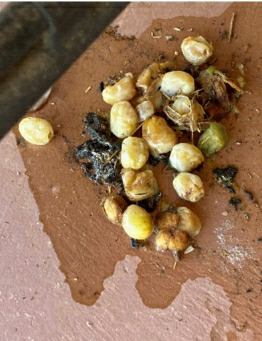
Scientists have long been using scat as a valuable tool in figuring out what animals have eaten. The indigestible parts pass through and are excreted. Some items can be easily identified, but others require a bit of investigation. When the temperatures were warm enough, I let my sulcata, or spur-thigh, tortoise loose in my walled-in […]
Prize-Winning Size Found in My Kitchen!
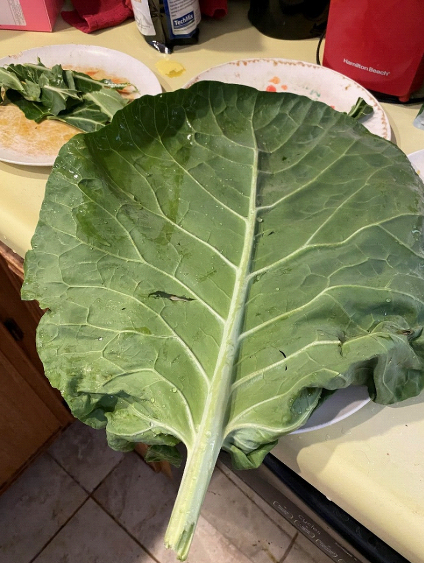
Have you eaten your leafy green vegetables today? You should! Vegetables are important for a healthy lifestyle. My family members would agree – they are herbivores, and they enjoy their leafy greens. People may eat their greens cooked or raw. My reptiles prefer their greens raw. These collard leaves are important sources of calcium, iron, […]
An Unusual Visitor Stopped By
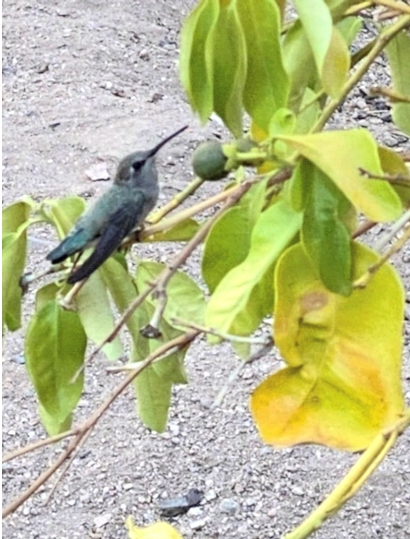
The Sonoran Desert is home to many species of hummingbirds. The first things I installed in my yard when I moved in were hummingbird feeders. Whenever a hummer would stop for a drink, I’d pull out my bird book to identify it. I’ve had quite a few species stop by over the years. Some were […]
Who Was Observing Whom?

I was exercising my young horse when he suddenly turned away from me to look at something outside the ring. I discovered my horse enjoys birdwatching as much as I do. However, as horse and human watched this Greater Roadrunner, Geococcyx californianus, pass by, I noticed that it seemed to be studying us as much […]
Mirror, Mirror on the Wall, Who’s the Prettiest Head of All?
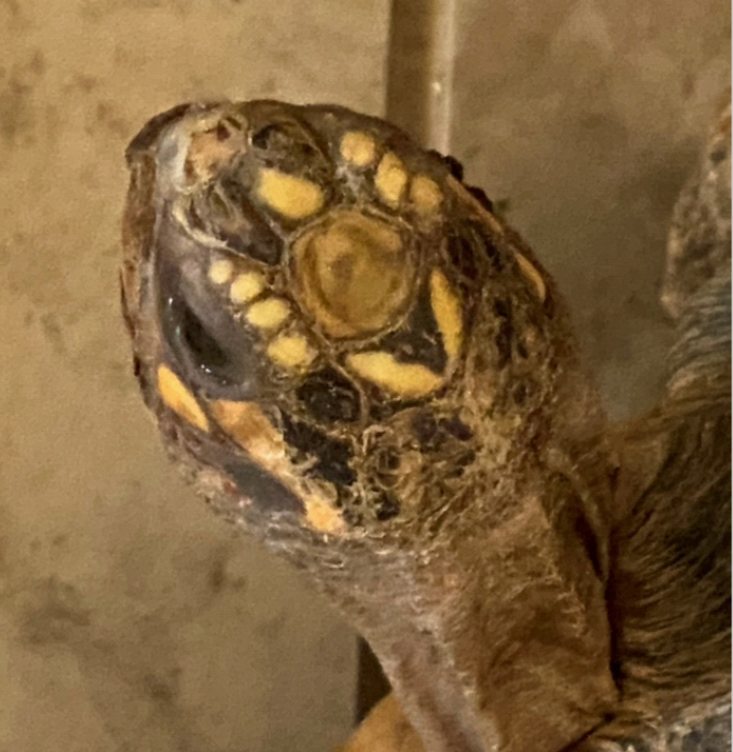
Red-footed tortoises, Geochelone carbonaria, are popular pets. These natives of Central and South America are easy to care for and don’t get too big, growing up to 30 pounds. They are also known for the bright colors on their skin and shell, including their namesake red scales on their legs. Recently, I noticed how vivid […]
March 2nd is NATIONAL READ ACROSS AMERICA DAY
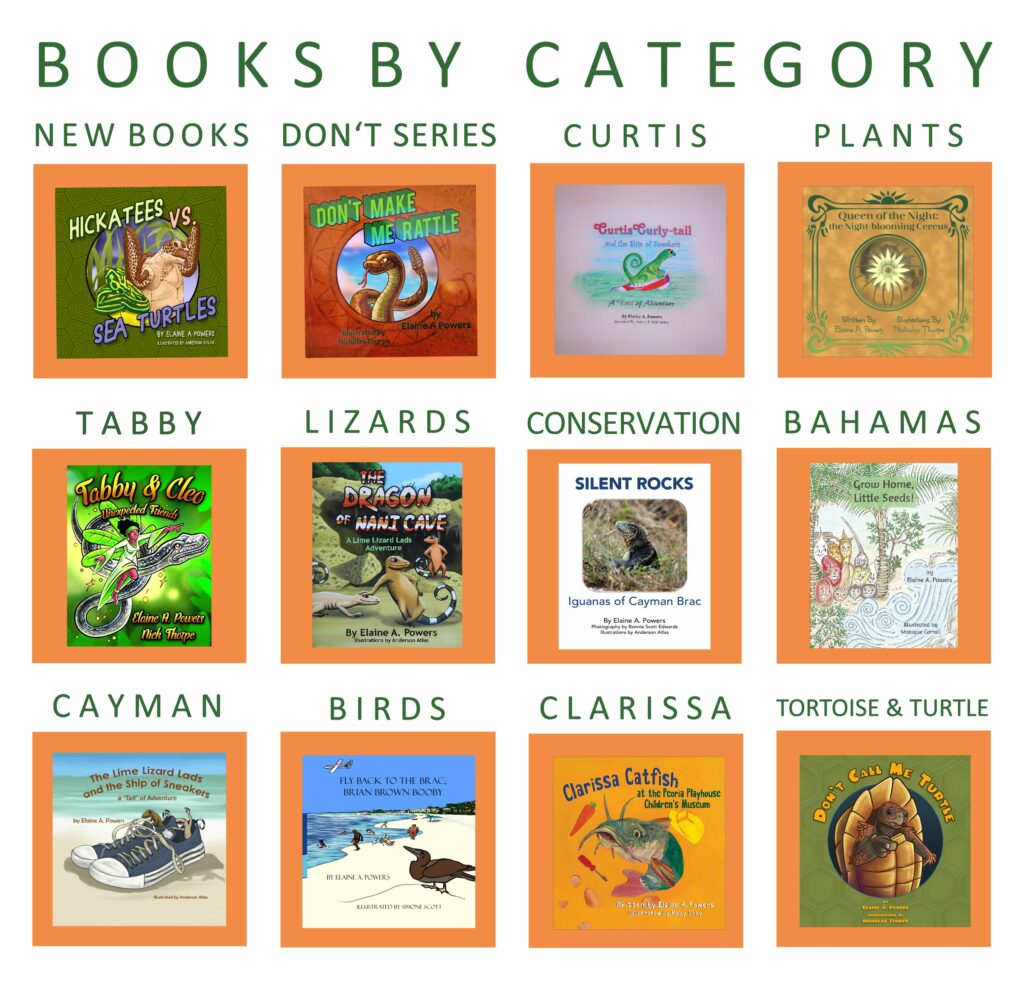
March 2nd, National Read Across America Day, is set aside to encourage kids to read. As an author of fun science-based children’s books, I love the idea of children reading books. I’m happy they’re reading, whether it’s one of my brightly illustrated picture books or adventure tales, or any other authors’ books, comic books, graphic […]
The Box-Tortoise
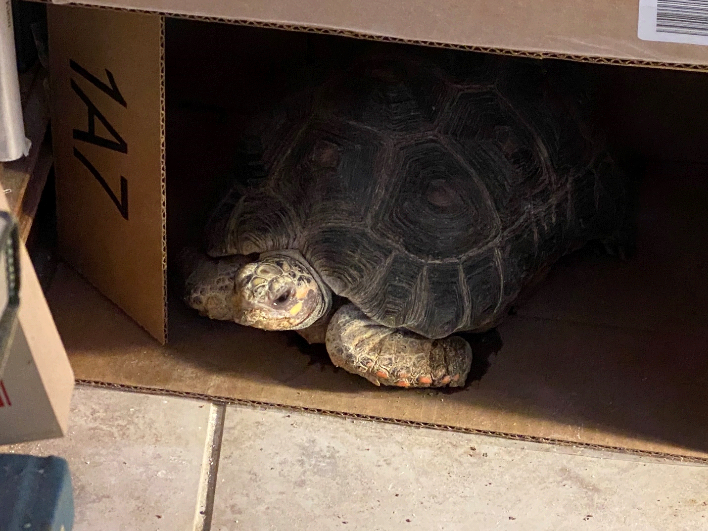
Photo Above is Amarillo the Redfoot Tortoise (Chelonoidis carbonaria) In some of my books and videos, I mention box turtles, genus Terrapene. These are amazing turtles that, because of a hinge on their bottom plate–the plastron–can fold up to protect their heads and limbs. No predator can grab an arm if it’s tucked inside a […]
Interested in Becoming a Citizen-Scientist?

Recently, I posted on my social media about a citizen-scientist opportunity that you could do from the comfort of your home. This project was through Zooniverse. For an iguana study, people were needed to look at photos and count the iguanas they could see. The scientists took the photos and cut them into little pieces. […]
Aug 26th is National Webmistress Day!
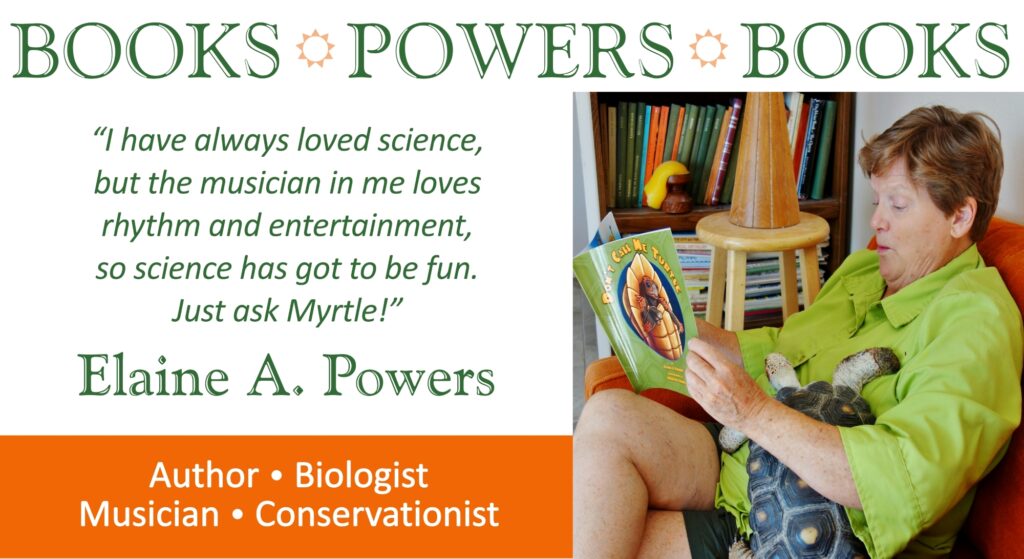
I have been very fortunate to have very talented webmistresses to create and maintain my websites. Yes, I could have worked on my websites myself, but I would rather be writing books. More importantly, they are much more visually creative and attentive to the many details. Like I said, I’d rather be writing my books. […]
August 7 is National Lighthouse Day

Image courtesy of the US Coast Guard August 7th is National Lighthouse Day. Lighthouses have always intrigued, standing tall at the sea’s edge often high on a cliff. They have played an important part in history, making sea travel safer, indicating dangerous coastlines and reefs and rocks. Two lighthouses have meaning in my life, both […]
Who’s Your Favorite Footrest?
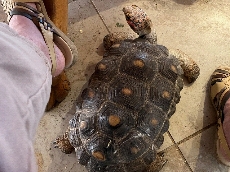
Do you have a favorite footrest in your home? Putting one’s feet up is so relaxing and relieving. The cushioniest footrest in my house is the one that came with a comfy chair. Simple, functional, the perfect height, very practical. My favorite footrest is covered with a needlepoint I stitched many decades ago. I was […]
What is that Tongue Doing?
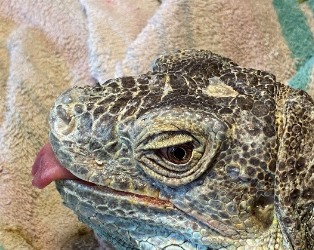
I have lived with many iguanas over the years, but Stella, a green iguana, is the only one who constantly sticks her tongue out. I’m always afraid I’ll startle her and she’ll cut her tongue with her razor sharp teeth. Fortunately, that has never happened. Her tongue is intact. So, why is her tongue always […]
How Do You Know if a Lizard is a Green Iguana? by Curtis Curly-tail
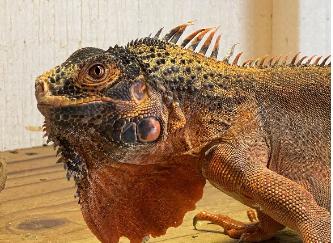
Hello, out there, friends and fans! It’s me, Curtis Curly-tail! Today, I wanted to ask you if you knew that Green Iguanas, Iguana iguana, come in different colors? And, if they come in different colors, how do you tell if a lizard is a green iguana? You look for the subtympanic scale. “What is that?” […]
‘Zoe the Star’ Tortoise! by Curtis Curly-tail
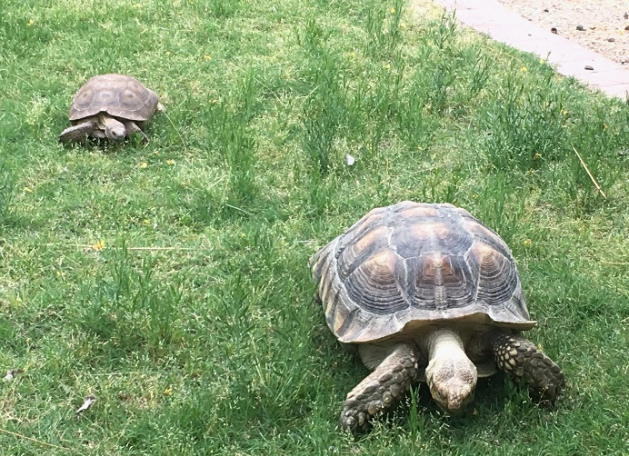
Hello to all my friends out there! I hope you are taking care of yourselves and each other in these difficult times. I’m looking forward to the day when my human friends don’t have to worry anymore about the virus called Covid-19! (If I could, I would banish it right now!) Until this passes, please […]
Homeschooling? Worried About Education? How About Supplementing with FUN Science Workbooks?

The mission of my book publisher, Lyric Power Publishing LLC, is to “Make Science Fun!” That’s because they know how fun science really is. Their Activity Sheets and Workbooks are for Ages K-5 (see workbook covers for grade level and contents) and while they are highly educational, they are also lots of fun! Have you […]